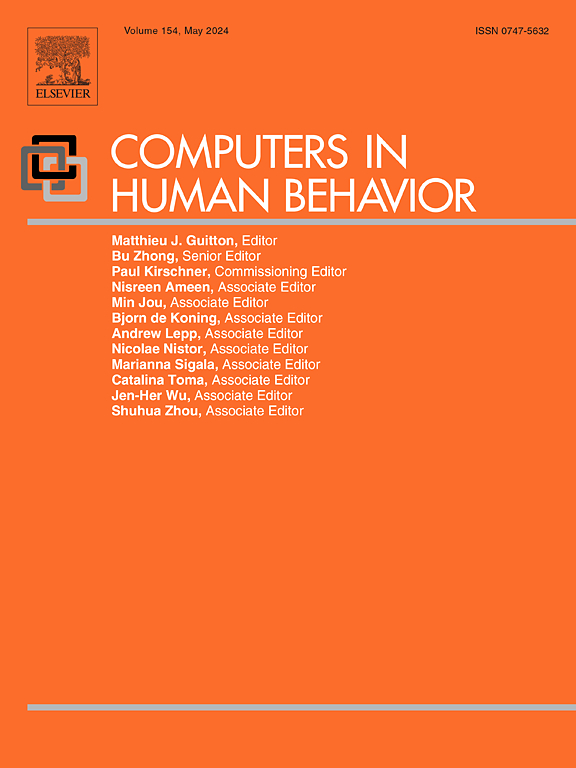Planning a digital detox: Findings from a randomized controlled trial to reduce smartphone usage time
IF 9
1区 心理学
Q1 PSYCHOLOGY, EXPERIMENTAL
引用次数: 0
Abstract
In the recent years, studies on health consequences of smartphone usage time have increased, yet findings on the effectiveness of usage interventions remain unclear. This preregistered study investigates the effectiveness of a planning intervention to reduce total smartphone usage time. Additionally, it examines the interventions’ underlying mechanisms of self-efficacy, intention, action, and coping planning. A primary analysis of a randomized controlled trial, with data collected at three measurement points was conducted. Three cohorts of university students were recruited during the period prior to the end-of-term exams. A total of N = 787 participants were allocated to either an intervention condition (n = 389) or a control condition (n = 398). At baseline measurement (T1) the intervention condition formed up to three actions and three coping plans. Self-reported self-efficacy, intention, action, and coping planning as well as objectively measured smartphone usage were assessed up to a three-weeks follow-up. The effectiveness of the intervention and the mediating mechanisms were evaluated using linear mixed models. The analysis revealed no significant effect on total smartphone usage time. With respect to the interventions underlying mechanisms, results show a significant indirect effect of self-efficacy at T2, on a reduction in total smartphone usage time at T3 but no evidence for intention, action, or coping planning.
求助全文
约1分钟内获得全文
求助全文
来源期刊

Computers in Human Behavior
Multiple-
CiteScore
19.10
自引率
4.00%
发文量
381
审稿时长
40 days
期刊介绍:
Computers in Human Behavior is a scholarly journal that explores the psychological aspects of computer use. It covers original theoretical works, research reports, literature reviews, and software and book reviews. The journal examines both the use of computers in psychology, psychiatry, and related fields, and the psychological impact of computer use on individuals, groups, and society. Articles discuss topics such as professional practice, training, research, human development, learning, cognition, personality, and social interactions. It focuses on human interactions with computers, considering the computer as a medium through which human behaviors are shaped and expressed. Professionals interested in the psychological aspects of computer use will find this journal valuable, even with limited knowledge of computers.
 求助内容:
求助内容: 应助结果提醒方式:
应助结果提醒方式:


